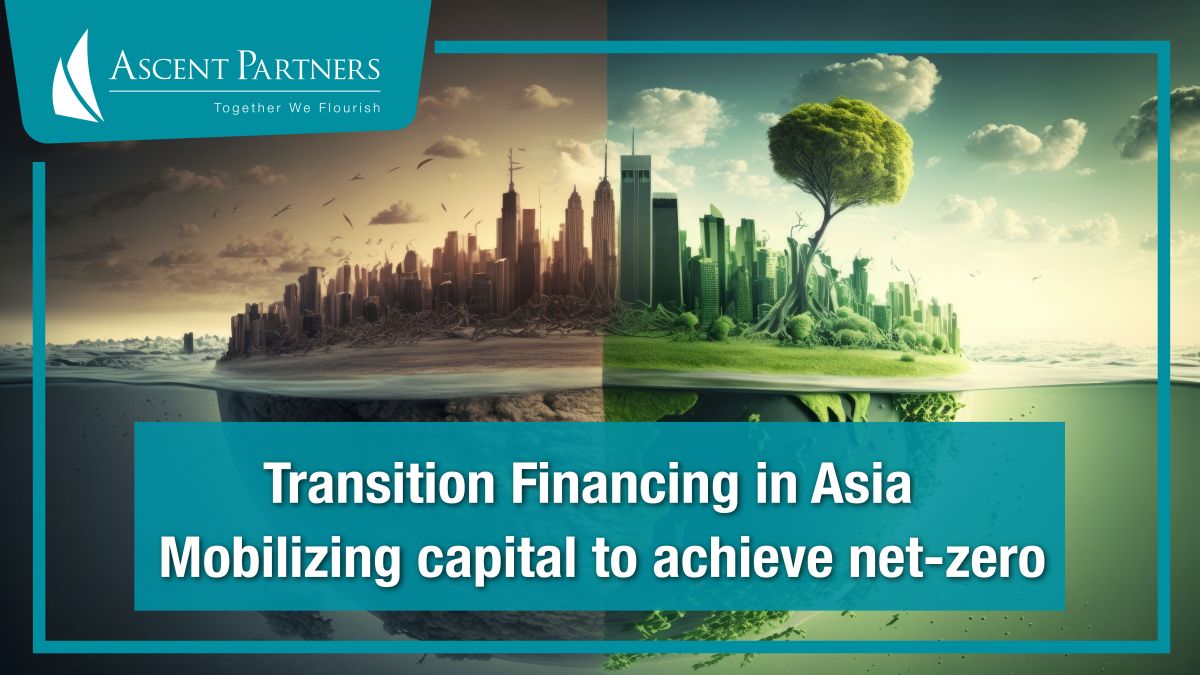
Transition Financing in Asia – mobilizing capital to achieve net-zero
Emerging and developing countries in the Asia-Pacific region are facing difficulties in accessing capital to finance their green transition even as their financing needs grow.
Climate change looms over the Asia-Pacific region. Of the nine countries worldwide facing the highest climate risks, five are in this region, partly as a consequence of the projected rise of the Pacific Ocean.
This threat is putting the region’s long-term prosperity at risk. Climate-related costs could cause the region’s gross domestic product to fall by as much as 26.5% by 2050, according to projections by the Swiss Re Institute.
The need for a just and orderly transition has a particular importance in Asia, where decarbonisation trajectories will have to weigh Asia’s continued industrialization and growing demand for energy.
We will also have to consider some Asian nations’ current high dependency on fossil fuels, their limited ability to generate renewable energy because of weather conditions or geography, and the intermittent nature of various renewable energies.
There is a need for frameworks that help Financial Institutions to assess whether proposed transition activities will allow fundraising entities to meet the targets in the Paris Agreement and fulfill their own countries’ decarbonisation commitments.
Developed countries earlier pledged to mobilize $100 billion to address climate change in developing countries, but the funding target has not been met. According to the Organisation for Economic Co-operation and Development (OECD), most of the funds allocated have gone to middle-income countries with low risk profiles.
Although the volume of outstanding transition bonds tripled to $5.2 billion between December 2020 and September 2022, they still accounted for only about 1% of outstanding sustainable bonds in the region. The rest of the region is just beginning to issue guidelines and explore instruments for transition finance.
Only a few Asian economies, including China, Hong Kong and Japan, have transition financing available right now, which is why it will be crucial to strengthen the climate information architecture to catalyze transition financing, including reaching a consensus definition about transition activities in the Asia-Pacific region.
Developing “bankable” projects for private banks and institutional investors to finance is an early step. A majority of financial market participants say that a lack of commercially bankable projects poses a significant obstacle to transition financing.
As is lowering the cost of projects — or the cost to commit capital — could help attract investment. For example, reducing the weighted average cost of capital for coal plant owners from 7% to 3% would significantly accelerate the investment recovery period, making it possible to retire a third of the global coal fleet within a decade, according to analysis by the International Energy Agency.
These are just a few initiatives that need to be in place if the world is to keep the global temperature increase to 1.5 C or less, investment has to take place now and the short-term goal must be to mobilize more capital, both from the public and private sectors.
